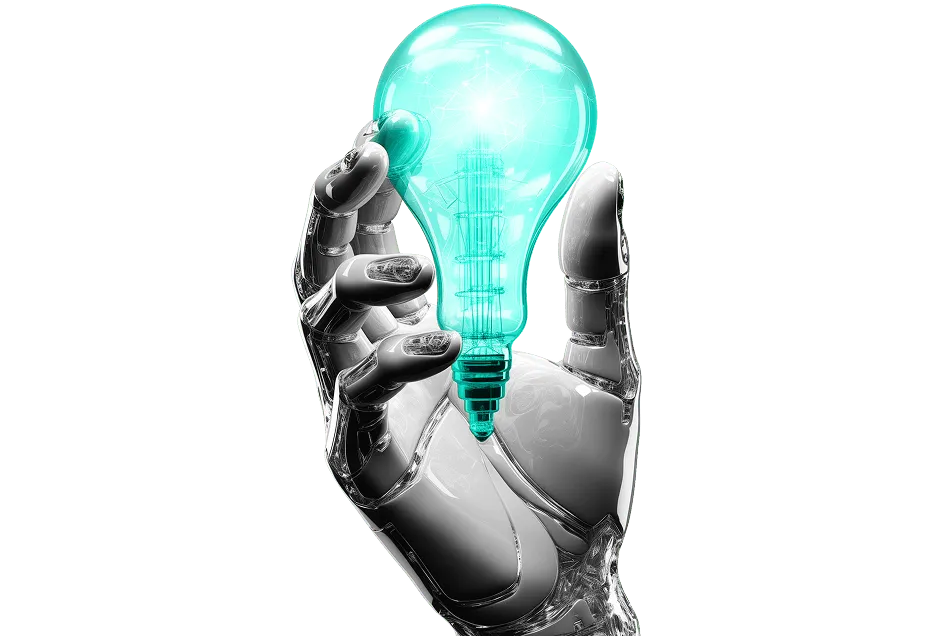Building AI Capabilities from Within: A Framework for Enterprises
This week, we wanted to share actionable insights to support your AI transformation journey. Based on our discussions and observations, there’s growing consensus among organizations that AI capabilities need to be developed internally. Here’s an example illustrating JP Morgan’s path to AI, derived using Draup’s Signals database. As you can see, JP Morgan built these capabilities in-house.

In this transformation journey, Workforce Planning (WFP), Talent Acquisition (TA), and Learning & Development (L&D) each play crucial and interconnected roles. Successful AI integration requires a clear understanding of each function’s responsibilities and focus areas.
The following table details these critical responsibilities across key workloads impacted by AI. For each workload, we’ve identified specific areas of focus to guide workforce planning decisions, inform targeted talent acquisition strategies, and design effective learning and development programs. This structured approach ensures each team clearly understands its role in building and sustaining AI capabilities within your organization.

Such a framework will be helpful in many ways in taking an integrated view
1. Talent Acquisition (TA)
- Identify Critical Skills: Clearly shows emerging technical (e.g., MLOps, AutoML, AI pipeline automation) and soft skills (e.g., analytical thinking, creativity, communication) to guide recruiting efforts.
- Refine Job Descriptions: Helps tailor postings to emphasize specific skills like AI literacy, adaptability, and system thinking, attracting future-ready talent.
- Candidate Assessment: Informs skill-based assessments and behavioral interview questions around adaptability, creativity, and collaboration.
2. Workforce Planning (WFP)
- Role Redesign Guidance: Clarifies how roles should shift—human workers focus on high-level tasks like oversight, interpretation, strategic planning, and innovation, while AI handles routine tasks.
- Structure Teams Effectively: Indicates how to create new roles (AI Translator, MLOps Specialist, AI Ethics Auditor) or restructure existing teams to optimize human-AI collaboration.
- Forecast Workforce Needs: Provides insights on future skill demands, allowing planners to proactively address skill gaps and anticipate changes in headcount or role distribution.
3. Learning & Development (L&D)
- Training Focus Areas: Highlights specific AI-driven tools and soft skills needed, helping L&D teams develop targeted training programs (e.g., AI literacy, automated pipeline tools, model diagnostics).
- Upskilling Priorities: Shows precisely where employees need development to keep pace with AI augmentation—technical (AutoML, pipeline automation) and soft skills (critical thinking, creativity, empathy).
- Continuous Learning Culture: Encourages programs supporting experimentation, interdisciplinary learning, and AI ethics, creating a resilient and future-ready workforce.
Summary: By aligning your workforce planning, hiring strategies, and development programs with these recommendations, your organization can effectively build AI capabilities










.svg)




















.svg)





.svg)
